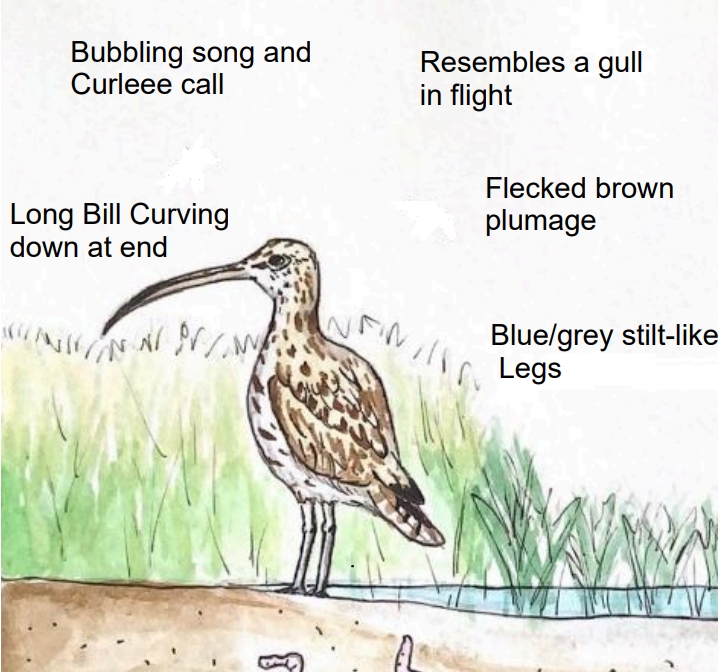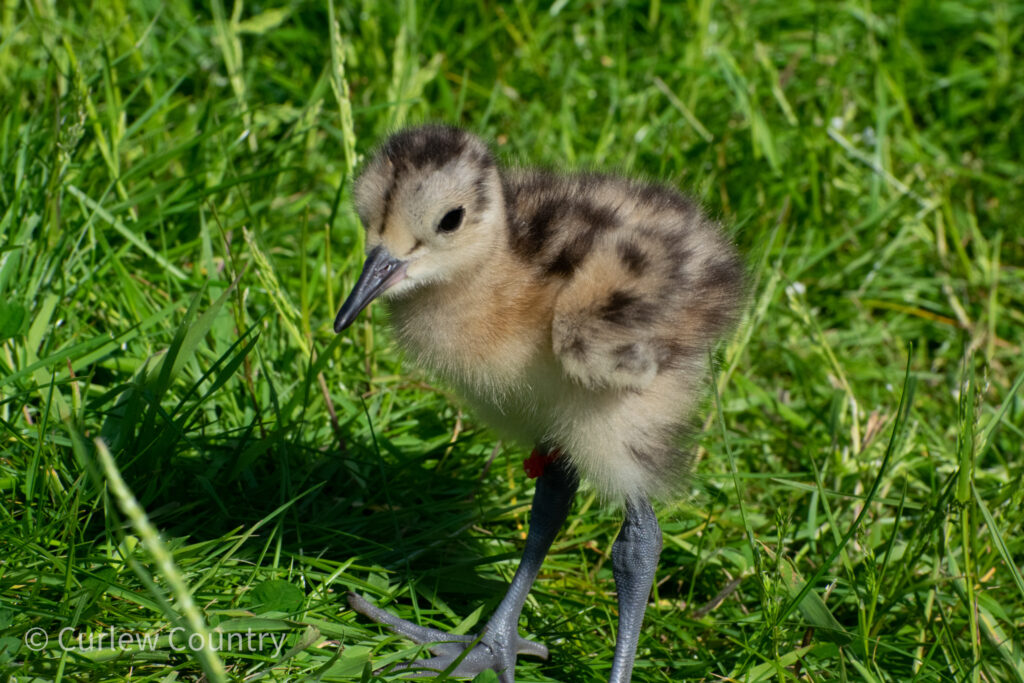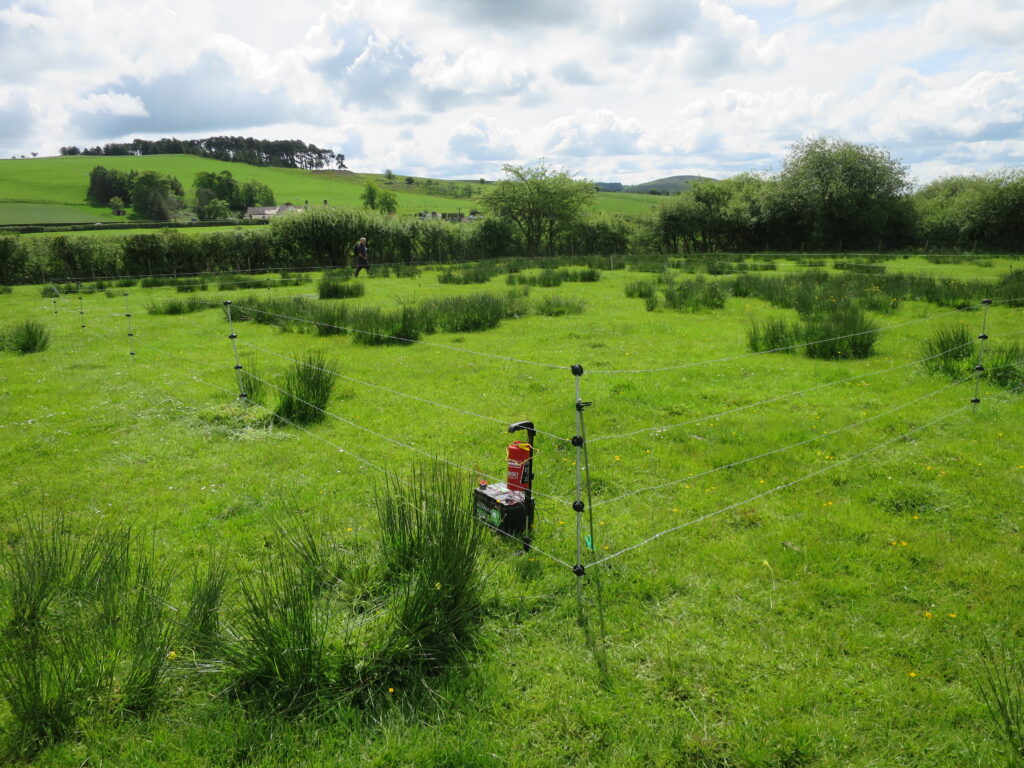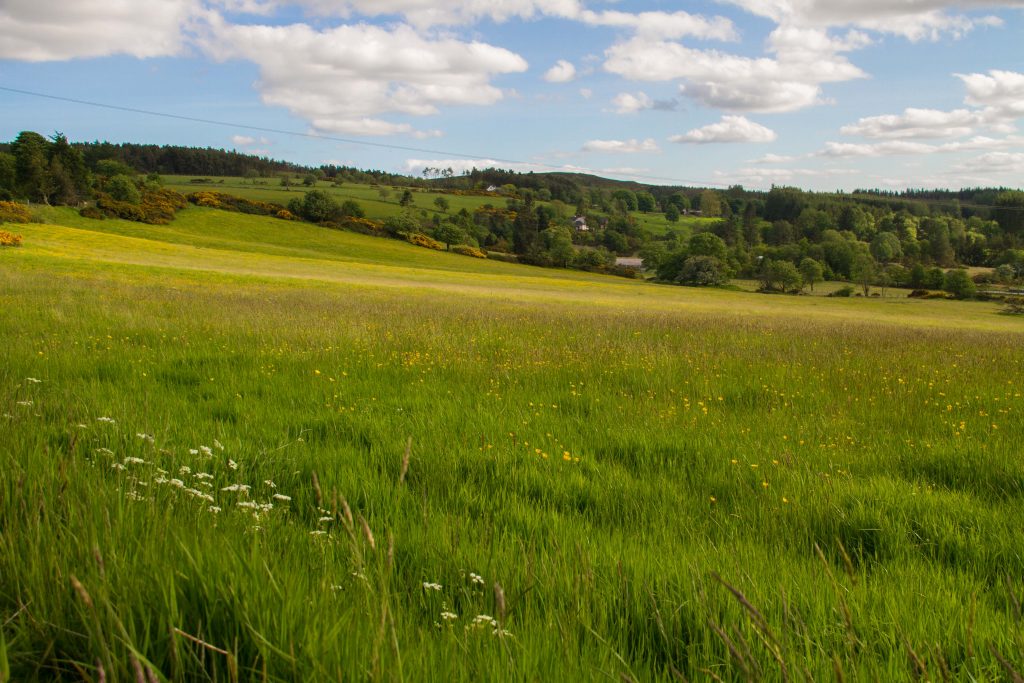What is a Curlew?

What is a Curlew ?
The Eurasian Curlew, Numenius arquata, is Britain’s largest wading bird. It has a distinctive long curved bill, mottled brown feathers and long legs. Once common throughout the UK, recent trends show a decline in their numbers, and it is considered the bird of highest conservation priority. The UK hosts around 25% of the international population, making it of great importance for the survival of the species.
Curlews spend winters at coastal areas or estuaries. In Spring they migrate inland to breeding areas on moorland, riverside or farmland locations to breed.
Why is it important?
Once common throughout the UK, it is now considered the bird of highest conservation priority. The UK hosts around 25% of the global breeding population which is estimated to be 25,000-30,000 breeding pairs. In the last 25 years the population has halved in England and writer HW Timperley’s description of the ubiquity of Curlews in Shropshire no longer exists.
Modelling suggests that without urgent intervention Curlews could be lost altogether in Wales in the next decade.
Rapid declines across Europe have led the International Union for the Conservation of Nature to classify the Eurasian Curlew as ‘Near Threatened’ since 2008. Curlew was added to the UK Red List of birds of conservation concern in 2015, owing to population declines of more than 50% in England and Scotland, more than 80% in Wales, and more than 90% in Ireland.

What do curlews need to recover and become a self-sustaining population again?
- Safety in numbers—collaborative defence against (particularly avian) predators.
- Realistic landscape-scale agri-environment support for farmers supporting breeding waders.
- Good foraging and nesting habitat that will inevitably deliver a wide range of other environmental benefits.
- Headstarting* – a temporary measure to save Curlew whilst more complex measures are put in place (but the only one which is currently stabilising a population outside upland and moorland areas).
- Nest and brood protection** including strategic predation control.
- Lack of disturbance—nesting and chick-rearing adults will not tolerate disturbance and have been known to abandon nests AND chicks if overly disturbed.
- Wide open spaces with very few large structures around them (e.g. dense trees or buildings). Curlews prefer not to nest where the view is obstructed.
Research has demonstrated that without all of the above measures, it is unlikely that a curlew population can increase in numbers sufficiently to prevent the steady decline toward extinction.

What is headstarting*?
Headstarting is an emergency intervention. Eggs are taken from natural nests and incubated. The resulting chicks are reared and returned to their natal landscape at fully fledged stage. This measure is applied when it is the only method feasible to prevent a population from dying out. Eggs are taken from nests which have been known to fail during successive breeding attempts. In the Curlew Country area, the headstarting initiative has started to stabilise population numbers.


Why is nest protection, including predator control** necessary?
International studies on waders and other ground-nesting birds have found that predation is the biggest cause of breeding failure. Hatch rates can be improved by the use of temporary electric fencing to deter ground predators. Foxes are a major predator of nests and chicks and research has demonstrated that strategic lethal fox and crow control has been shown to aid nesting success. Other known predators include badgers, crows and other corvids, mustelids and birds of prey. These generalist ‘meso-predators’ are abundant because natural ecosystems have been so disrupted by human activity that many species are missing from other strata of the food chain. Without predator control, curlew will continue to decline in numbers rapidly and face extinction. Modelling suggests that without intervention, curlew will become functionally extinct locally by 2033.
What is the scale of open space that curlews need to prevent the increased chance of predation from vegetation such as trees, bushes and hedges?
Predators can hide in natural vegetation and often live in woodland. Avian predators perch on taller vegetation to search for food. Extensive research has shown that woody vegetation taller than natural grass or moorland within 1km of a curlew nest increases the ‘predator shadow’ or likelihood of predation.

What does a Curlew's call sound like?
Listen to the different Curlew calls by clicking the play buttons below. Like other bird species different calls have different meanings and uses.
Bubbling song often used in breeding display:
The ‘Curlee’ cautionary alarm call:
Recording by Peter Boesman, XC513903. Accessible at www.xeno-canto.org/513903/
Agitated, angry alarm call, often heard when nest or chicks are threatened:
Olivier SWIFT, XC468817. Accessible at www.xeno-canto.org/468817/
‘I fret ..about the curlew, as though it is their migratory wingbeats that turn the earth, and should they fail to appear we will have entered some ecological end time. But they are home, home to breed’
John Lewis-Stempel, Meadowland
